How an underbody plank disqualified two Formula 1 drivers in Austin
Kevlar, Aramids, Zylon, highly-oriented polyethylene filaments—the materials used to construct Formula 1 cars sound like science fiction substances, so it came as a shock when an infraction on a “wooden plank” made headlines last weekend at the United States Grand Prix.
Second place finisher Lewis Hamilton in his Mercedes and Ferrari driver Charles Leclerc, who finished the race in sixth place, were disqualified following the race in Austin, Texas, because the composite panel on the underside of each of their cars measured less than the legal thickness in post-race inspection. Headlines generalized the material, calling it wood, when really it’s a lot more complex than a sheet of OSB.
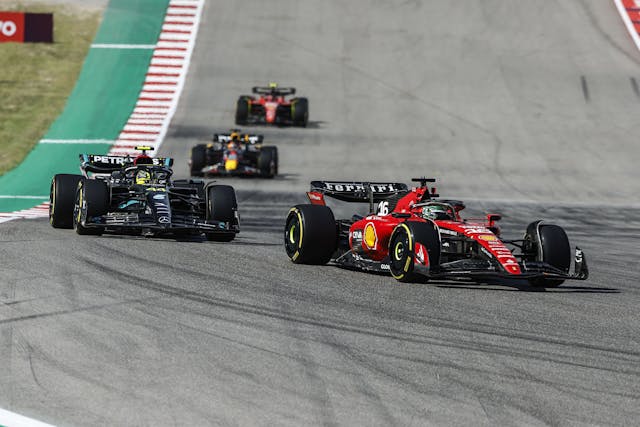
The casual F1 fan might wonder why there’s a plank under the car in the first place, let alone why the penalty would be as severe as disqualification. Let’s get you up to speed.
Like most other parts on these 16-million-dollar modern marvels, the foot-wide strip that runs the length of the car is a composite material. According to F1 technical expert Craig Scarborough (@ScarbsTech on Twitter), the plank is actually a glass-filled resin, not wood or treated wood, as some have claimed. (There is a wood-based version of this material, called Jabroc, which any weekend racer can purchase for their car’s underbelly, but unsurprisingly, F1 teams use a more advanced composition.)
The plank under an #F1 car was introduced as part of the post-Senna safety drive.
It's there to prevent the teams running a car too low. As this will wear away the material & give evidence the car was too low
It's not actually wood, but a glass filled resin. #F1Tech #COTA #USGP pic.twitter.com/p69hAMRBCf— Craig Scarborough (@ScarbsTech) October 23, 2023
Material complexities aside, the plank’s task is quite simple: prevent F1 cars from bottoming out excessively on track. Instead of the costly carbon structure that comprises the underside of these cars grinding against the tarmac, the plank takes brunt of the abrasive force.
Rubbing the pavement; wouldn’t that slow you down? Should you be that low in the first place?
Yes, but also yes. The microscopic amount of drag generated by a scraping underbelly is drastically outweighed by the gains of driving a car that is low to the ground. In addition to powerful engines, hybrid motors, and giant tires, F1 teams rely on aerodynamics to create speed. Of the many forces that air can exert on a car, downforce is perhaps the most important. To put it simply, engineers want the most amount of air to travel over the car and the least amount of air to go under. Air over the top pushes down on the wings, ducts, and curves of the car to “plant” it in the pavement, and in turn achieve maximum grip.
To minimize the amount of air traveling under the car, teams make every effort to “seal” the car to the ground. The lower the car, the better. Teams generate such large downforce numbers, that a grand prix car could theoretically drive upside down. As you can probably imagine, an extremely low ride height will also bottom out on a race track’s undulating pavement. Hello, light show.
Throughout the 1980s, F1 engineers pushed their cars lower and lower, and a trail of yellow embers from beneath the rear wing became a common sight. Then, in 1994, the FIA ruled that every team had to fix a 10-millimeter thick plank, called a skid block, to the underside their cars. Teams would incur a penalty if the block revealed more than one millimeter of wear at the end of a race. (To nobody’s surprise, the first skid block violation was given that first year of implementation.)
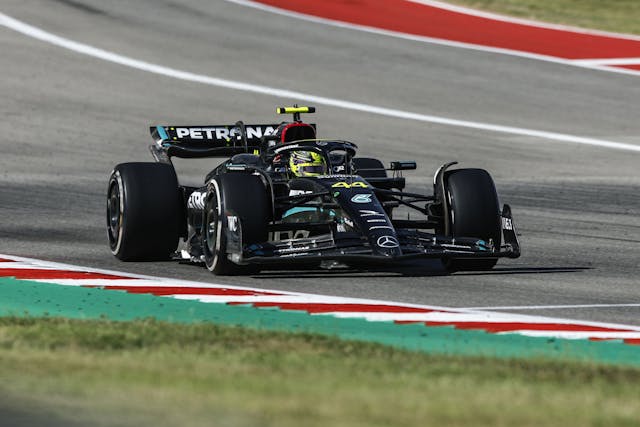
Over time, teams started to place small metal blocks on top of the skid block so that the plank would be protected from extreme wear. In 2015, the FIA mandated that the alloy be replaced with titanium. These new blocks make sparks like F1 days of old, but are much safer.
Back to last weekend. Hamilton and Leclerc wore through the titanium blocks and, then, through at least a millimeter of thickness on their planks. Was this foul play or something else?
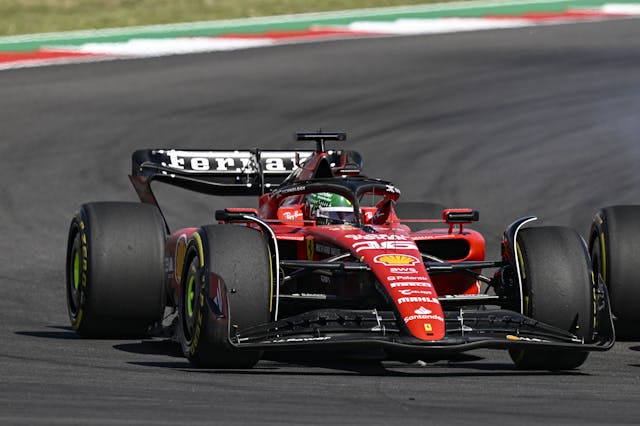
FIA officials acknowledged that the infraction was “probably a result of the unique combination of the bumpy track and the Sprint race schedule that minimized the time to set up and check the car before the race.”
That the violation happened to two different cars would suggest this perfect storm scenario is true. Teams operate on the smallest of margins, chasing a sweet spot that creates maximum speed and minimum ride height. One millimeter too high, and suddenly your season is on the skids—the other kind.
***
Check out the Hagerty Media homepage so you don’t miss a single story, or better yet, bookmark it. To get our best stories delivered right to your inbox, subscribe to our newsletters.


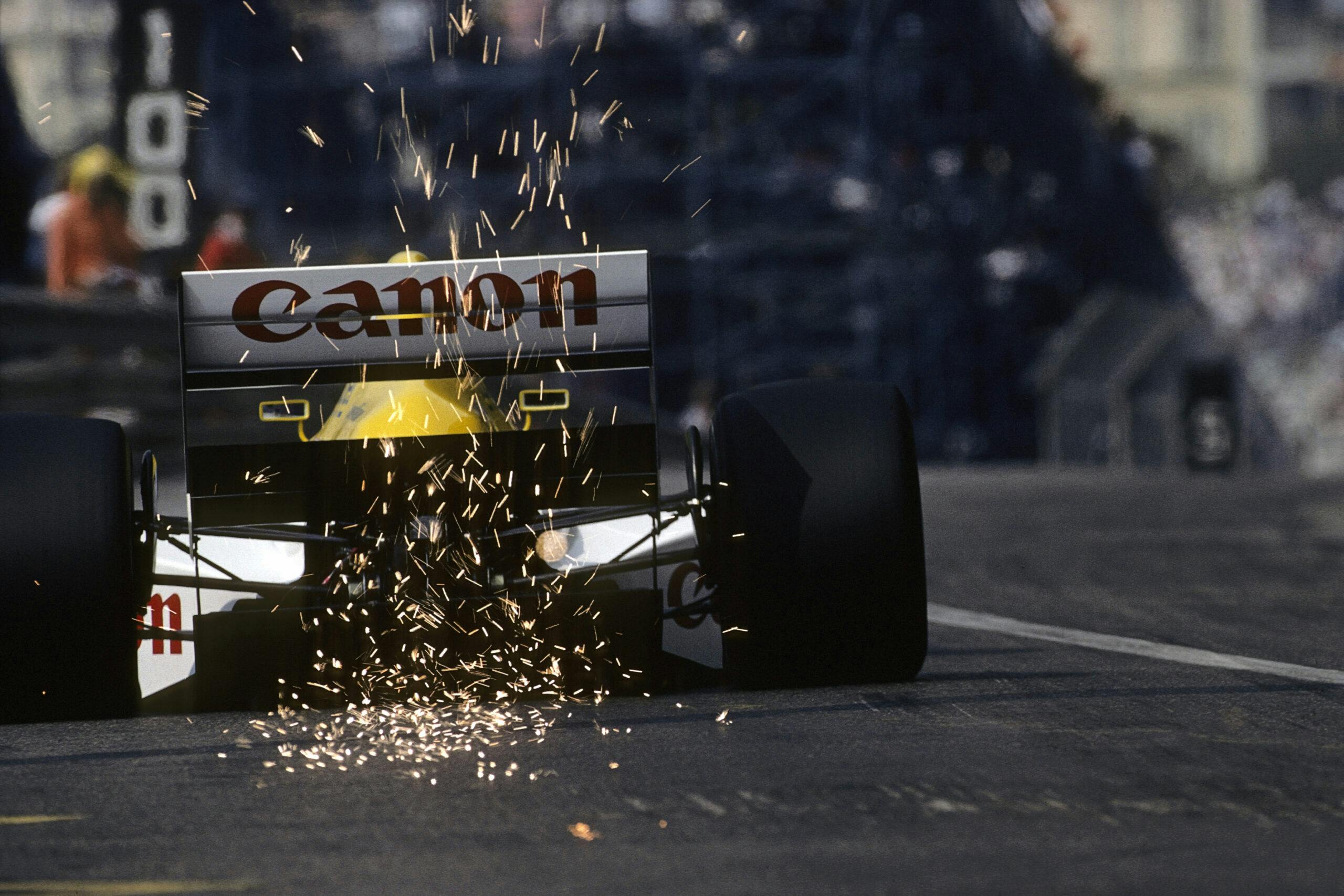
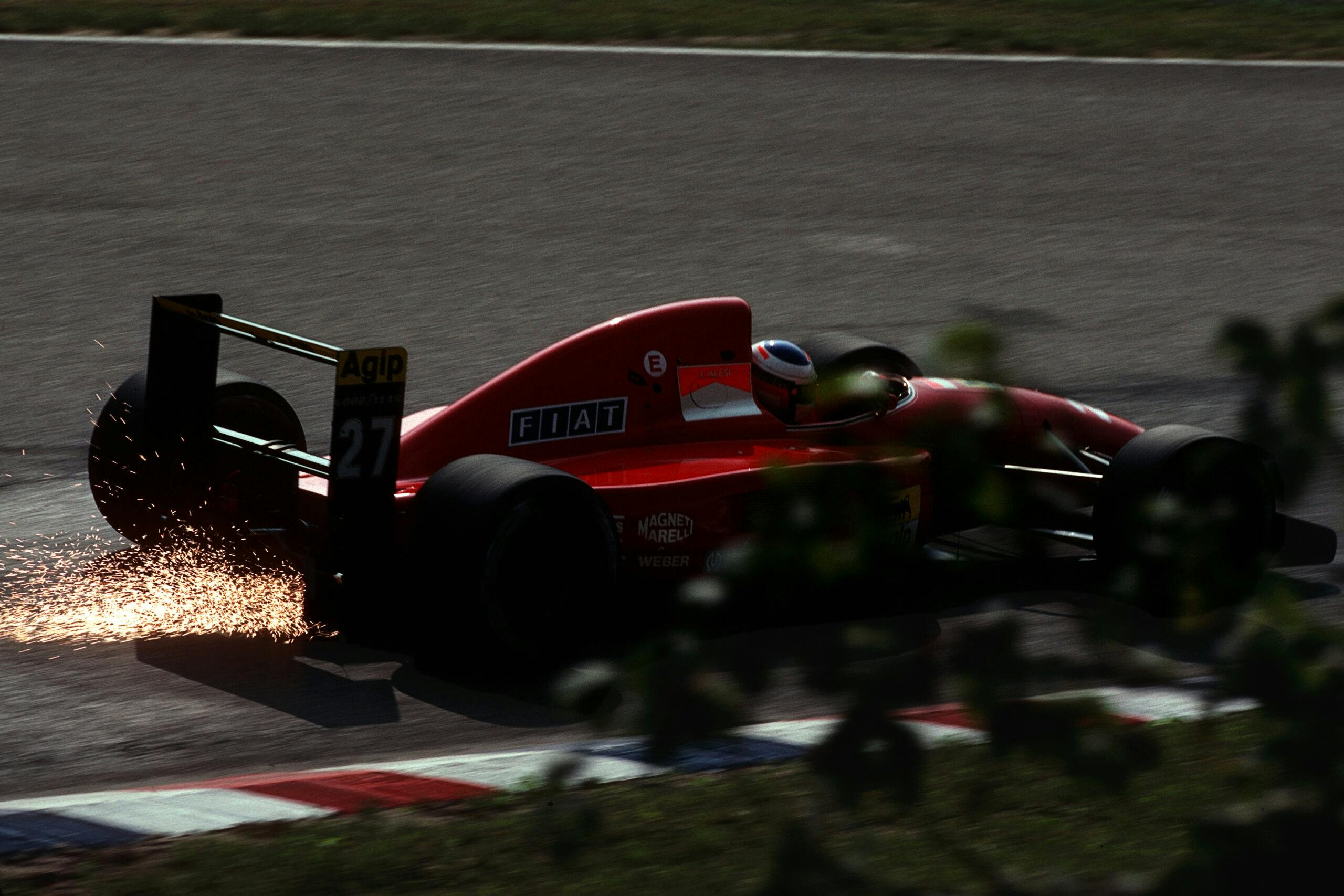



It’s a given that rules are meant to be leaned on as hard as possible, and just like taking a turn at speed, occasionally those limits get exceeded. It’s a shame that circumstances caused such severe penalties, but taking a turn too fast can also result in a disappointing finish.